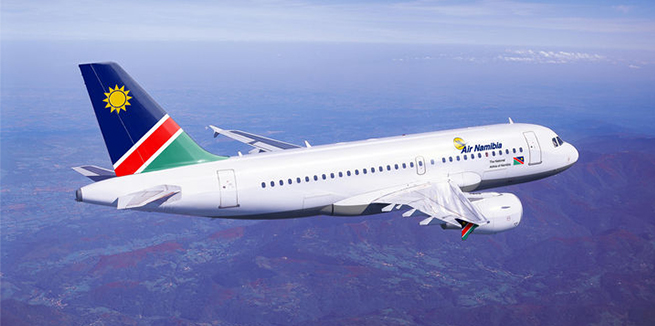Namibia has announced plans to restart its national airline, Air Namibia, through a public-private partnership (PPP). The government expects operations to begin by late 2026. The goal is to create a financially stable airline while avoiding past challenges that led to its closure in 2021.
In a statement released Tuesday, the Namibian Presidency confirmed President Netumbo Nandi-Ndaitwah’s commitment to bringing back Air Namibia. The new plan aims to align with economic priorities and reduce reliance on public funds.
A Fresh Start for Air Namibia
Air Namibia shut down in 2021 due to financial struggles and repeated government bailouts. The revival plan seeks private investors to help build a competitive and resilient airline.
“President Nandi-Ndaitwah is dedicated to reestablishing the national carrier with a structured and financially sound approach. The Public-Private Partnership model will ensure a strong commercial foundation and long-term success,” the statement read.
Steps to Relaunch
The government has outlined a step-by-step plan. A market study to assess demand, feasibility, and competition will be completed by June 2025. By August 2024, officials will finalize the selection of private investors. Negotiations will conclude by December 2025. Based on this timeline, Air Namibia is expected to return between June and December 2026.
The project requires an estimated investment of 3 billion Namibian dollars (about 163 million U.S. dollars) over five years. This funding will support infrastructure, fleet acquisition, and operational costs.
Boosting the Economy and Jobs
Reviving Air Namibia is expected to enhance tourism by offering direct international flights, attracting visitors, and increasing foreign exchange revenue. Additionally, the airline’s return will create an estimated 700 direct jobs and 500 indirect jobs in industries such as logistics, hospitality, and aircraft maintenance.
This initiative represents a major step in Namibia’s push to develop a strong aviation sector while promoting economic growth and regional connectivity.



